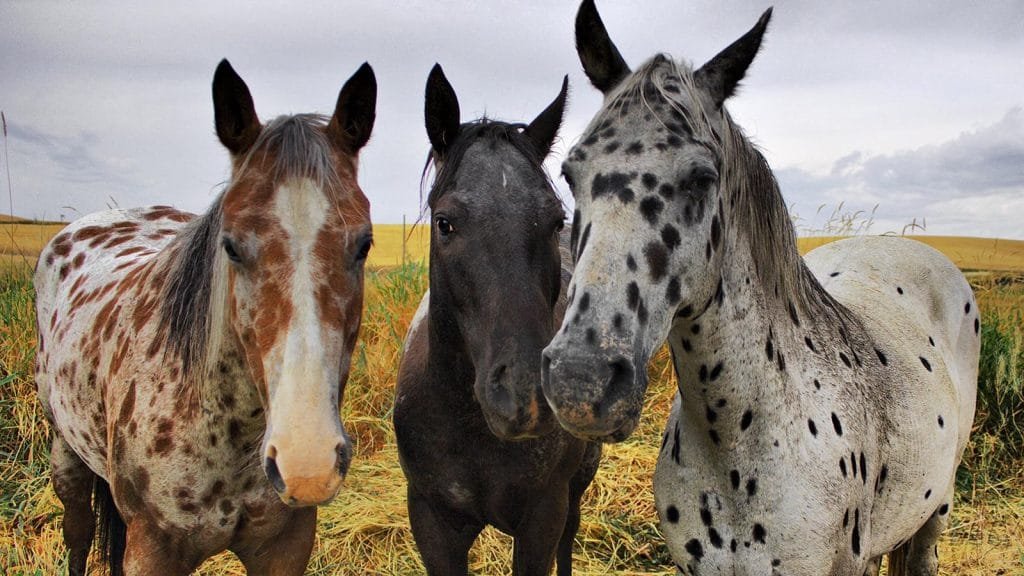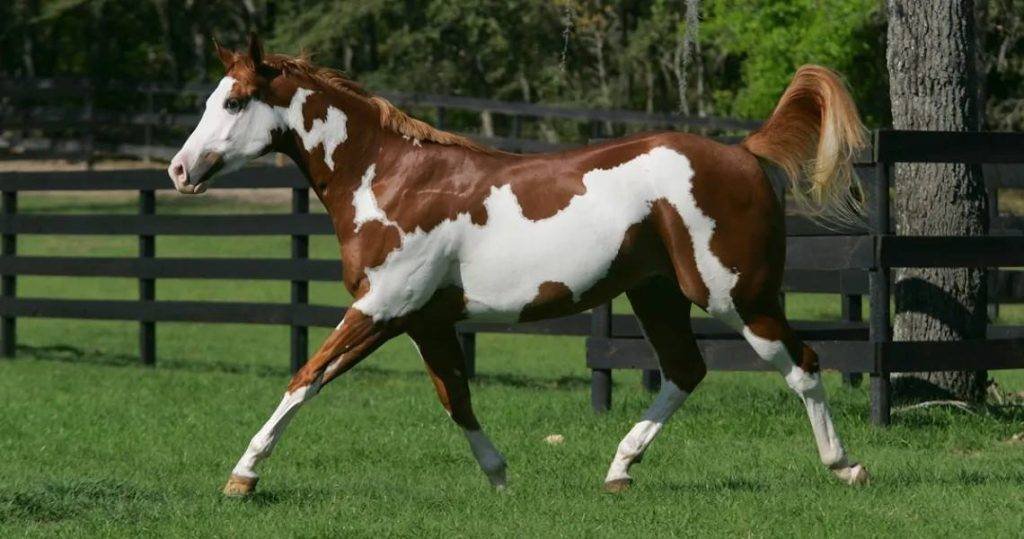Horses are more than just beautiful creatures; they are complex animals with fascinating traits and behaviors
Horses have been fascinating humans for centuries, and there’s so much more to these majestic animals than meets the eye. Whether you’re a lifelong equestrian or just curious about these graceful creatures,
Horses Can Sleep Standing Up
One of the most intriguing aspects of horses is their ability to sleep while standing up. This is made possible by a special mechanism in their legs known as the “stay apparatus.” This system allows horses to lock their leg joints so they can relax without falling over. While they can catch short naps this way, horses do need to lie down occasionally to achieve REM sleep, which is crucial for their overall well-being. It’s fascinating to think that a horse can be both alert and resting at the same time, which is a survival trait inherited from their wild ancestors.
They Have Great Peripheral Vision
Horses are equipped with large, expressive eyes located on the sides of their heads, giving them an impressive field of vision. This nearly 360-degree vision allows them to detect predators and other threats from almost any direction without needing to turn their heads. However, horses have a small blind spot directly in front of their noses and directly behind them, which is why they might be startled if something suddenly appears in those areas. Their excellent peripheral vision is a vital trait that helps them stay aware of their surroundings.
Their Teeth Can Reveal Their Age
A horse’s teeth provide valuable clues about its age. As horses grow older, their teeth change in size and shape. For example, young horses have smooth, even teeth, while older horses develop a pattern of wear and tear. Additionally, the shape of their molars can indicate their age. Veterinarians use these changes to estimate a horse’s age, which can be important for assessing their overall health and care needs. This natural process offers a unique way to track a horse’s life stages.
Horses Have Unique Noseprints
Just as human fingerprints are unique, so are horse noseprints. Each horse has a distinct pattern of ridges and wrinkles on its nose, which can be used for identification. This feature is particularly useful in managing large groups of horses or ensuring the right horse is matched with its owner. The uniqueness of a horse’s noseprint is a testament to the intricate and individual nature of these magnificent animals.
They Can Gallop at High Speeds
Horses are renowned for their speed and agility. The fastest recorded horse can reach speeds up to 55 miles per hour (88.5 kilometers per hour), which is astonishing considering their size and weight. This speed is a result of their powerful muscles and efficient respiratory systems. Horses’ galloping ability has been utilized in various ways, from racing and sport to transportation and hunting. Their speed is not just a physical trait but a crucial aspect of their historical and cultural significance.
Horses Can Communicate with Their Ears
Horses use their ears as a primary means of communication. The position of their ears can convey a range of emotions and intentions. For example, if a horse’s ears are pricked forward, it usually means they are curious or interested in something. Ears that are laid back against the head can indicate irritation, discomfort, or aggression. By observing ear movements, horse owners and handlers can better understand and respond to their horse’s needs and feelings.
They Have a Wide Range of Vocalizations
In addition to body language, horses communicate through a variety of vocalizations. They can neigh, whinny, snort, and blow, each sound serving different purposes. A neigh or whinny is often used to signal excitement or call out to other horses, while a snort can be a sign of alarm or curiosity. These vocalizations help horses express themselves and interact with their environment and fellow horses, showcasing their complex communication skills.
Horses Have Been Domesticated for Thousands of Years
The history of horse domestication dates back about 4,000 years. Horses were first domesticated on the steppes of Central Asia and quickly became indispensable to human societies. They revolutionized transportation, agriculture, and warfare. Early humans relied on horses for travel, pulling plows, and even in battle. Their role in shaping human history is profound, illustrating the deep bond and mutual dependence that have developed between horses and people over millennia.
Their Hooves Are Like Fingernails
A horse’s hooves are made of keratin, the same protein found in human fingernails and hair. This keratin provides strength and flexibility, allowing the hooves to support the horse’s weight and absorb shock. Like fingernails, hooves grow continuously and require regular trimming and maintenance to prevent problems. Farriers, specialists who care for horses’ hooves, play a crucial role in ensuring horses remain comfortable and sound, highlighting the importance of proper hoof care in horse management.
Horses Can Form Deep Bonds with Humans
One of the most heartwarming aspects of horses is their ability to form deep, emotional connections with humans. Many horse owners describe their horses as loyal and empathetic companions. Horses can sense human emotions and respond to them in ways that demonstrate genuine affection and understanding. This bond can be particularly powerful in therapeutic settings, where horses help individuals with physical or emotional challenges. The connection between horses and humans often transcends words, reflecting a profound and mutual appreciation.




